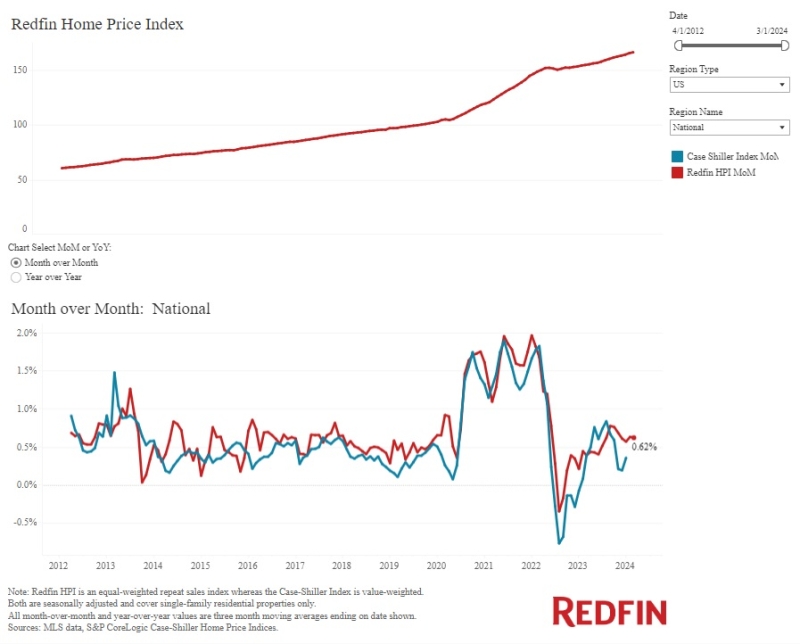Advertisement
Building a Compliance Checklist
As the third anniversary of the Wall Street Reform and Consumer Protection Act, aka the Dodd-Frank Act, draws near, lenders and financial institutions are finally getting a clear picture of the total impact of the law. Dodd-Frank dictates 398 rules that must be passed impacting banking, mortgage lending and other financial and non-financial services.
According to New York, N.Y.-based law firm Davis Polk& Wardwell’s monthly Dodd-Frank Progress Report, at the end of April, two-thirds of the required rules had either been finalized or proposed.
It’s no secret that a great number of those rules affect the mortgage industry specifically. The impact? Everything from reformed disclosure rules to quality standards to new departments, such as the Consumer Financial Protection Bureau (CFPB) tasked with overseeing and regulating all financial institutions.
This year has seen more movement to clarify and finalize the rules impacting the mortgage industry than in the previous two. With January’s announcement of eight major rulings, the table was set for 2014 to become the year when all of the anticipated changes must be implemented.
This sets up a dual need. First, lenders must understand what the laws are pending implementation. Second, they must appropriately prepare for CFPB examinations and complying with the laws.
January 10, 2014: Round one of the year of new rules
In January of this year, the CFPB finalized seven new rules that will go live on Jan. 10, 2014. With the deadline less than six months away, lenders must act now to ensure compliance with the rules. In short, the seven rules can be grouped into three categories: Quality of Underwriting, Servicing Standards and Appraisal Standards.
Quality of Underwriting
Three rules passed in January apply specifically to the underwriting and origination process.
►Quality Mortgage (QM) and Ability-to-Repay (ATR): Outlines eight criteria for determining whether a borrower has the ability to repay a loan and outlines a safe harbor for loans that meet strict QM standards.
►High-Cost Mortgage (HCM): This rules expands coverage to money transactions and home equity lines of credit (HELOC) and lowers the threshold for coverage as a HCM. The rule also adds new counseling requirements.
►Mortgage Loan Officer (MLO) Compensation and Qualification: Sets limits on compensation and establishes additional qualifications for MLOs. Additional arbitration prohibitions also went into effect in June.
Servicing Standards
Two servicing rulings may provide a hint at the reforms coming to the Truth-in-Lending Act (TILA) and Real Estate Settlement Procedures Act (RESPA) reforms coming to the origination market later this year.
►New Servicing Standards–TILA: Servicers must provide additional ARM adjustment notices and provide monthly billing statements in a certain format.
►New Servicing Standards–RESPA: Servicers must inform borrowers if the loan will be serviced by another company at the closing table, and servicers must build out more complete processes for tacking and keeping records of borrower communications.
Appraisal Requirements
The final two rules going into effect next January apply to appraisal requirements.
►Appraisal Requirements for Higher-Priced Mortgage Loans: Outlines requirements for HPM loans, including interior inspections and validating that the borrower received the appraisal.
►Appraisal Disclosure: Spells out that in any loan, the appraisal must be provided to the borrower at least three days before closing.
Year of new rules round two: Still pending final rulings
In addition to the seven rules outlined above, there are a number of major regulations still awaiting a final ruling that are expected to be implemented in 2014. While this list is not a complete overview of reforms expected in the next year, these are the three with the most potential to significantly impact lenders.
►TILA/RESPA Integrated Disclosures: This ruling will require new disclosure documents, including a loan estimate given within three days of application and a closing disclosure document delivered at least three prior to closing. A final ruling and document forms are expected in September, with at least a year before going live.
►Qualified Residential Mortgage (QRM): Similar to the QM rule outlined above, QRM specifies the safe harbor that exempts lenders from retaining at least five percent of the loan amount in reserve. While the rule is expected to sync with QM, nothing is final until a ruling is made sometime mid-year.
►Home Mortgage Disclosure Act (HMDA) Reform: The CFPB will be making substantial changes to the content and format of HMDA reports, including new data fields to collect and report. There is no estimated date for either a ruling or implementation.
Preparing for CFPB compliance
While lenders may not know the exact requirements of the revised regulations the CFPB will tackle, there is no doubt the regulatory burden will only increase.
The first step lenders are taking to control their workflow is getting involved in the rule-making process. Through the joint effort of associations such as the Mortgage Bankers Association (MBA), the American Bankers Association (ABA) and the Independent Community Bankers of America (ICBA), financial institutions are working with lawmakers and agency staff to provide comment and feedback on the proposed regulations.
The next step is educating consumers on the impact the upcoming rules, such as QM, might have on the marketplace. While the QM will define a type of loan that is not likely to default, the side effect will be that few borrowers will be able to meet the high standards.
While any mortgage lender is able to provide products outside of QRM, only those institutions with large reserves, such as the largest depository banks, will initially be able to retain the necessary capital needed to offer other loan products. This will have the dual effect of limiting consumer choices to a handful of lenders and requiring higher interest payments to offset the higher default risk. Furthermore, many small and medium sized lenders won’t be able to offer these products, accelerating the growth of the “Too Big to Fail” institutions and further limiting competition and consumer choice.
Lenders will also seek to counter the costs of implementing new regulatory requirements. In some cases, raising the cost to consumers to close loans will offset those costs. Others will utilize automation to eliminate as much waste as possible from the loan workflow. For many tasks in the mortgage process, automation is the best way to increase speed without sacrificing quality or cost.
For example, lenders can supplement their internal legal staff by automating the generation, printing and fulfillment of loan documents and disclosures. Today’s top systems have checks in place that flag loans that fall outside of the defined legal regulations, preventing bad paperwork from making it to the closing table. If a faulty loan made it past closing, it could cost the lender thousands of dollars in potential buybacks from the investors, fines from regulatory agencies or potential lawsuits from consumers.
Automated document systems can take the burden of manually updating forms every time a regulation or rule is changed. This takes the guesswork out of generating the correct documents or disclosures. These systems can also create the needed reports for regulatory exams.
The CFPB at its best can be a positive force in the industry–protecting consumers while streamlining regulations that have often come from many different agencies. But the coming year will truly tell the tale of whether lenders are able to adequately prepare for the wave of new rules without negatively impacting the ability of borrowers to purchase homes.
Scott K. Stucky is chief operating officer for DocuTech Corporation, a provider of mortgage loan documents, compliance services and technology solutions for the mortgage industry. He may be reached by e-mail at [email protected] or call (208) 535-9744.
About the author





